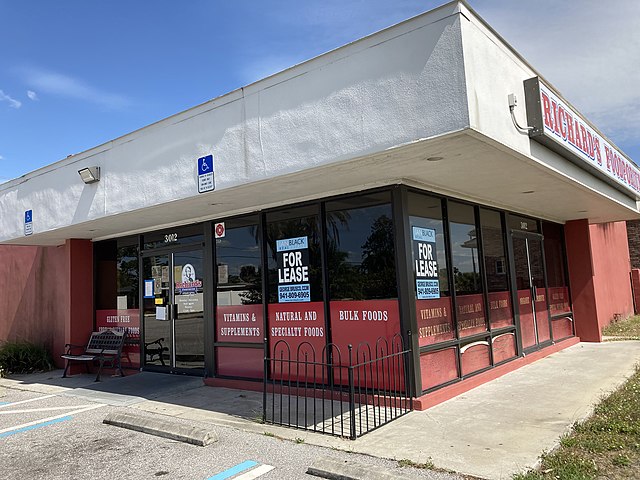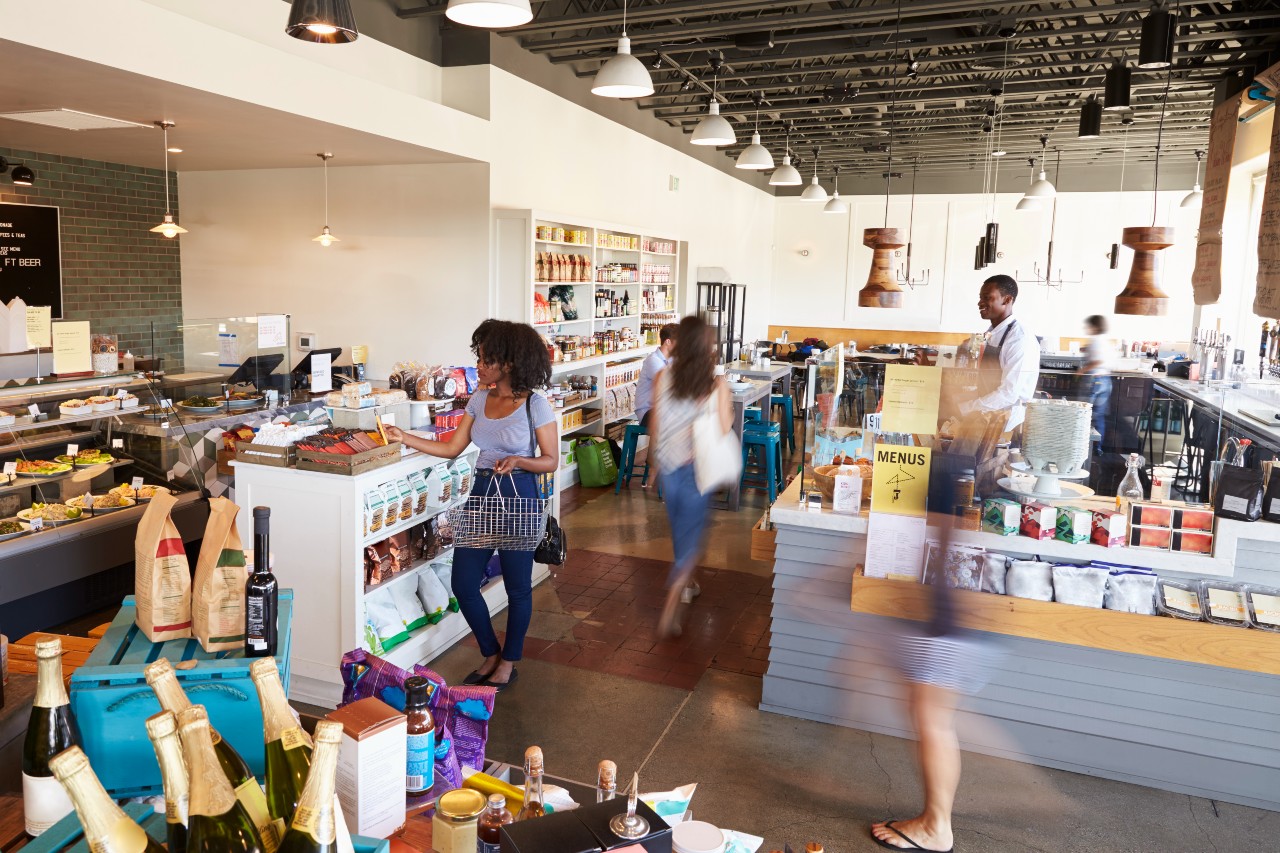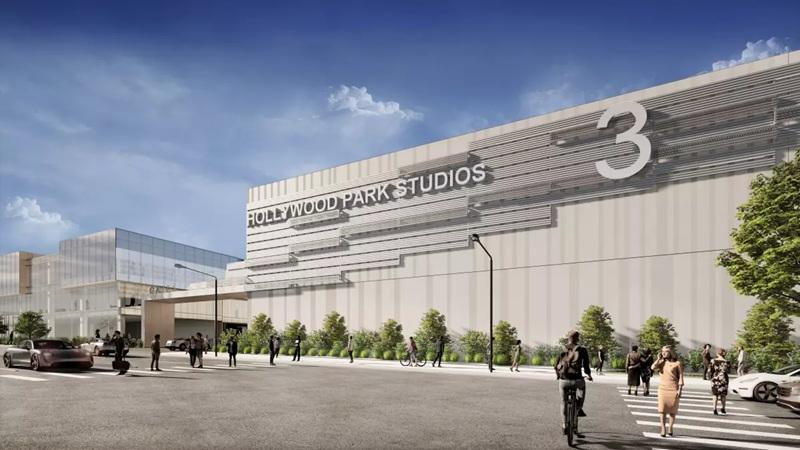Retailers have shown over the last five years that it will take more than a global pandemic to knock them down for the count. Don’t take our word for it. It’s all in the numbers. The stats are coming in for the second quarter of the year; one that found retailers signing leases in greater numbers. How much greater? More retailers signed leases in the last three months than any quarter since 2022.
Increase in Retailers Signing Leases

In the second quarter of 2024, retailers signed leases for spaces encompassing a total of over 52 million square feet. This wasn’t in an overly concentrated market. Rather, the leasing was distributed across the nation. When compared directly to the average leasing numbers of the same quarter in 2023 and 2022, it’s a stunning 10% increase. It’s enough to handily cross the mark with the most leases signed in a quarter since 2022.
It Gets Even Better
The number of leases signed in the second quarter is expected to increase further. That’s because there’s generally a significant delay in reporting numbers for leases signed toward a quarter’s end. Because of this delay, numbers could surge with an additional 30% of lease signings. However, CoStar estimates that the 53 million square feet mark will continue increasing to approximately 73 million square feet in lease signings for the second quarter of 2024. If so, it will be only the third time signings have breached that number since 2019.
Retailers Swimming Upstream
The increase in retailer activity is a welcome sign given the numerous obstacles levied at the industry as of late. A few of the more prominent hurdles include:
- Economic struggles of retail shoppers
- Lofty operating costs
- Higher build-out costs
- Low inventory of space
A Slow Start to the Third Quarter

These reasons are likely a major factor in why we’re seeing retail lease signings slowing down going into the third quarter of 2024. This is especially clear in larger markets such as Portland, Oregon. Closer to home, Orange County is showing the steepest decline in lease signings in any market across the country. As a percentage of total inventory, Orange County decreased from 2.7% to 2% since last year.
While not every market in the U.S. showed a decline, almost 60% (23 of the 40 biggest national markets) dropped. So, while this has been a solid quarter for retail leases, the bigger picture shows retailers may not be out of the woods yet. And that extends to retail investors.
This highlights the cyclical nature of property investment. But even as retail lease signing slows down, it may begin to present opportunities for investors to more easily add retail investments to their portfolios. Recently, JohnHart Commercial Real Estate Agent Syuzi Hakobyan explained the developing trends of retail space investment. It’s an illuminating read for those curious about the retail sector. And, as always, if you’re interested in boosting your portfolio or just have questions about how this news impacts your retail investment, reach out to one of our talented agents today.




